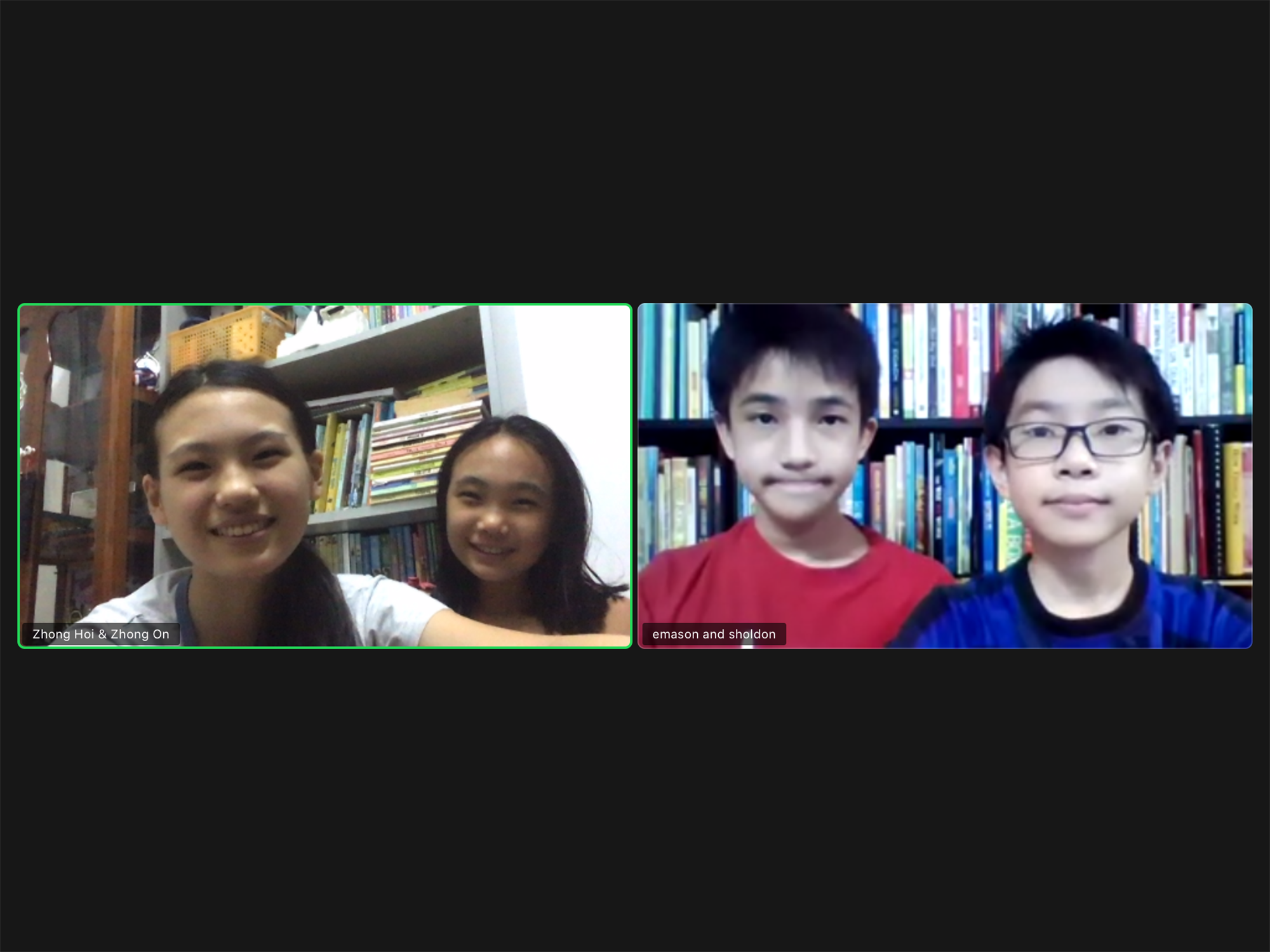STORY PREVIEW
2021
MushClean River Filtration System
Treehouse Learning
Selangor
MENTOR
Selina Chew


Step 1 FEEL

Step 2 Imagine

Step 3DO

Step 4 SHARE















